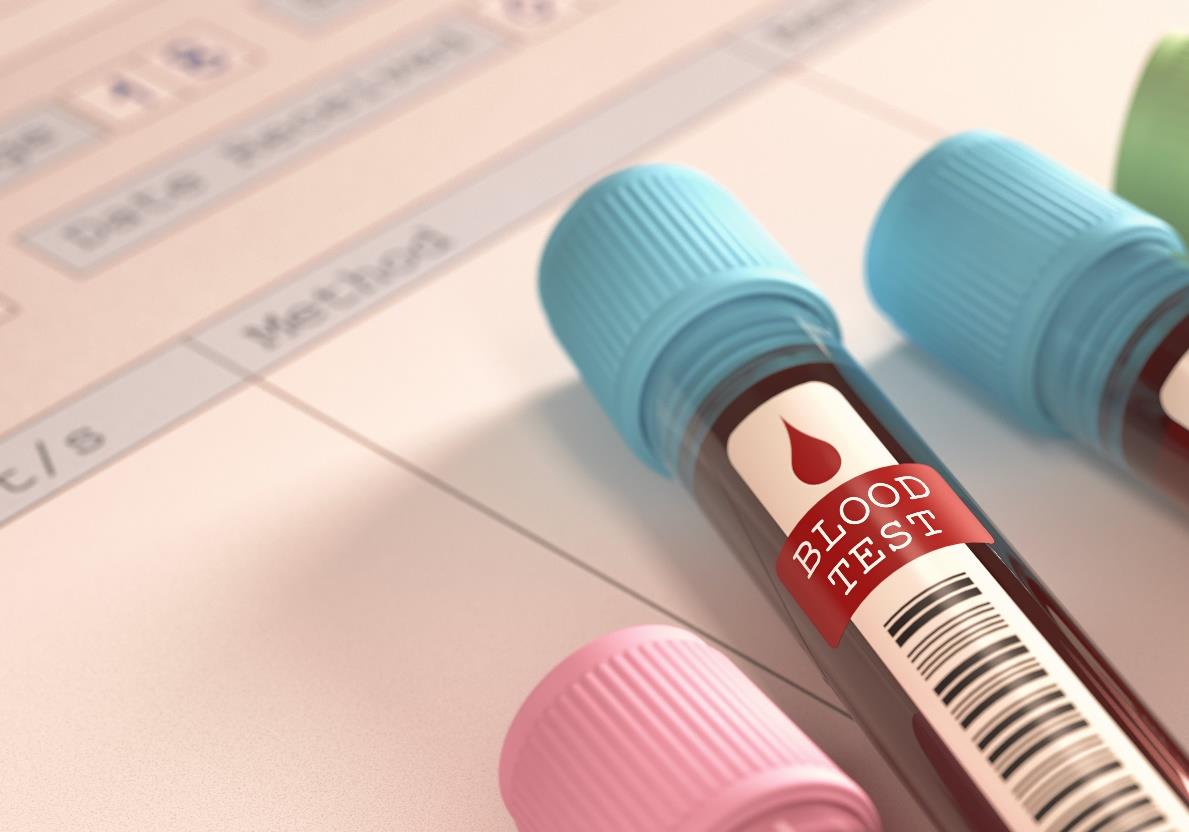The pursuit of early, scalable, and cost-effective diagnostics for Alzheimer’s Disease (AD) has intensified recently, with blood-based biomarkers emerging as a promising breakthrough. At the 19th International Congress of Asian Society Against Dementia (ASAD) cojoint with the International Conference of Korea Dementia Association (IC-KDA) held in Seoul-Korea on 8-10 May 2025, researchers from Singapore and Korea presented a rich, multidimensional picture of how blood biomarkers are poised to redefine the AD care continuum—from research to realworld clinical deployment.
Shifting Diagnostic Models: From Syndromic to Biomarker-Driven Paradigms
Alzheimer’s disease progresses along a neuropathological continuum that often begins decades before clinical symptoms emerge. As Prof. Seong-Ho Koh emphasized, this progression includes asymptomatic brain changes, mild cognitive impairment (MCI), and ultimately dementia. Traditional diagnostic criteria, such as NINCDS-ADRDA (1984) and NIA-AA (2011), relied heavily on cognitive decline and exclusion criteria. However, evolving frameworks like the NIA-AA 2018 AT(N) research model and 2023 revised criteria prioritize biological evidence of amyloid (A), tau (T), and neurodegeneration (N)1.
Prof. Christopher Chen from Singapore suggested that biomarkers must have clinical utilities such as: diagnostic (indicating the presence of the disease), prognostic (predicting likely outcomes), predictive (forecasting treatment response), and surrogate endpoints (reflecting treatment effects in clinical trials). Biomarkers, therefore, are not optional adjuncts but central to disease definition and staging. Blood-based markers, particularly p-tau181, p-tau217, and Aβ42/40 ratios, offer minimally invasive options to detect AD pathophysiology in vivo2,3.
Technological Advances and Diagnostic Accuracy
Immunoprecipitation-mass spectrometry (IP-MS) demonstrated the highest AUC when benchmarked against amyloid PET and CSF, with platforms like ECL, LC-MS, and SIMOA also delivering "very good" performance2,3. These findings were corroborated by external cohort studies, such as the Asan and KBASE-V cohorts in Korea.
A pivotal study by Kwon et al. (2023) revealed that plasma p-tau181, in combination with age, centiloid PET measures, and semantic fluency, achieved an AUC of 0.867 in predicting cognitive stage transitions4. In MCI individuals, predictive performance soared to AUC 0.960—highlighting the powerful prognostic potential of blood biomarkers4,5.
P-tau217: The Emerging Standard
Across Asian cohorts (AIBL, Korean, and Taiwanese), p-tau217 consistently outperformed other markers in distinguishing MCI A+ (amyloid-positive) from MCI A–. The AUCs ranged from 0.88 to 0.97, suggesting strong generalizability6. These findings align with global results, such as the Palmqvist et al. study, where p-tau217 + APOE + cognition predicted conversion from MCI to dementia within four years with AUC = 0.927.
In practical terms, this means p-tau217 could be used for:
- Early triage in memory clinics,
- Selecting patients for amyloid-targeted therapies (e.g., lecanemab, donanemab),
- Tracking disease progression and treatment efficacy.
Astrocyte Reactivity and GFAP: A New Frontier
In a novel exploration of glial biomarkers, based on data from Nature Medicine (2023), highlighting GFAP (glial fibrillary acidic protein) as a modulator of the relationship between amyloid and tau pathology8. Astrocyte reactivity, detectable via CSF and plasma GFAP, may serve as a predictor of tau aggregation and clinical decline in cognitively unimpaired but Aβ-positive individuals. This finding opens a new avenue for early intervention, particularly in preclinical AD8.
Fluid Biomarker Dynamics and Clinical Timing
An integrated model demonstrated how CSF and plasma biomarkers correlate temporally with various AD pathologies2,3,9,11:
- Aβ42/40 and GFAP rise first (~25–30 years before symptoms),
- Followed by p-tau217 and p-tau181 (~15–20 years),
- And later by neurofilament light (NfL) and clinical onset.
These insights reinforce the role of fluid biomarkers as stage-specific indicators, helping clinicians align diagnostics and therapeutics with the underlying biology.
Clinical and Research Utility: From Screening to Stratification
Prof. Chen and Prof. Koh both advocated for the expanded use of blood biomarkers in:
- Clinical trials: for prescreening, enrollment enrichment, and response monitoring,
- Clinical practice: especially in settings without access to PET/CSF, enabling early detection,
- Health system planning: to scale precision medicine for AD using less invasive and lower-cost diagnostics.
As demonstrated, these biomarkers also guide the rational use of costly monoclonal antibodies—avoiding over-treatment while identifying the most suitable candidates.
Conclusion: Toward Equitable and Precision Dementia Care
The combined evidence from Singapore and Korea reflects a growing consensus: blood biomarkers are no longer experimental—they are clinically ready. With continued validation, standardized thresholds, and regional implementation strategies, blood biomarkers can democratize Alzheimer’s diagnostics, especially in Asia.
Their integration into national diagnostic pathways, supported by AI-assisted digital tools and population-based screening (e.g., I-DECIDE, PITCH, KBASE-V), represents a crucial step toward realizing the vision of precision public health in dementia.
Our correspondent’s highlights from the symposium are meant as a fair representation of the scientific content presented. The views and opinions expressed on this page do not necessarily reflect those of Lundbeck.




